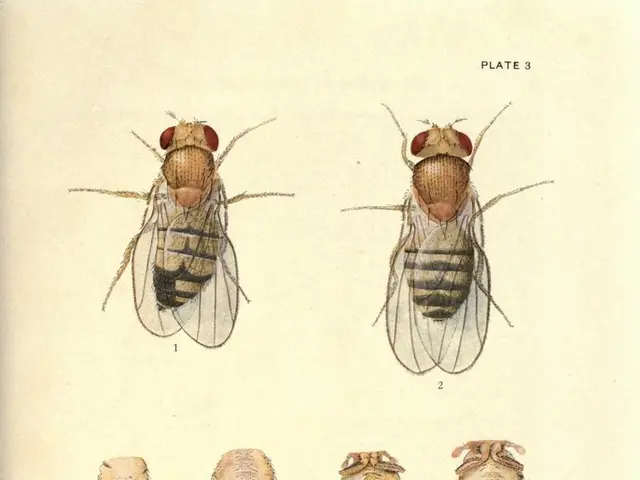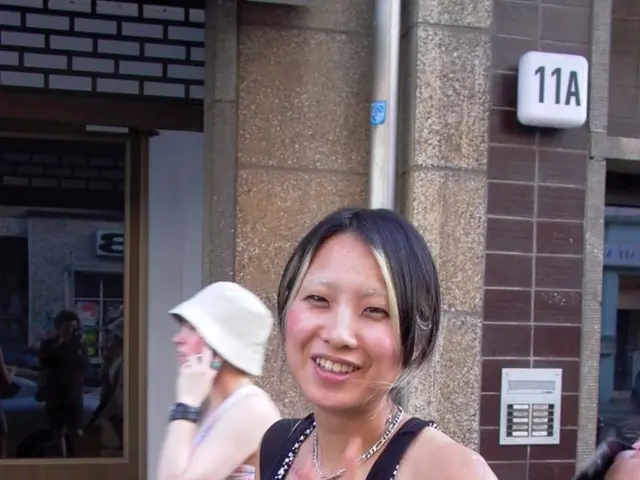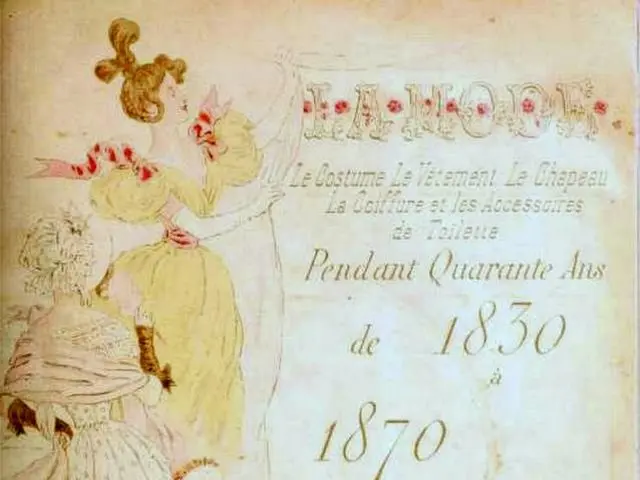Exploring the Variety of Individuals with Exceptional Talents: Do They Present Distinct Characteristics?
====================================================================================================
Psychologists George Betts and Maureen Neihart have identified six distinct profiles of children with high learning potential. These profiles, first proposed in 1988 and revised in 2010, offer insights into the diverse emotional, social, and academic needs of gifted learners.
The Profiles of the Gifted and Talented
In their groundbreaking study, Betts and Neihart aimed to understand the different profiles of high capacities. Their research, titled "Profiles of the gifted and talented", was the first to investigate this topic extensively. The study revealed that not all people with high abilities are the same or show their abilities in the same way.
The six profiles they identified are:
- Successful/Scholarly profile: These high achievers meet expectations and perform well academically. However, they may experience anxiety due to high expectations placed on them from an early age.
- Challenging profile: Learners in this category may question authority and become frustrated with standard curriculum. They often show a non-conformist behavior and attitude, and are sometimes labeled as difficult due to their questioning of authorities.
- Undersocialized profile: Intellectually advanced but socially isolated or introverted, these individuals can hide their abilities due to fear of not fitting in or intense analysis and attention.
- Self-critical profile: Highly sensitive and perfectionistic learners in this group may experience anxiety.
- Perfectionist profile: Driven by very high standards and fear of failure, these individuals are often resourceful and goal-oriented, which gives them many skills to be leaders.
- Autonomous profile: Independent learners motivated by personal growth rather than external rewards, these individuals are often very independent and self-sufficient.
The Implications for Support and Education
These profiles emphasize the diverse needs of gifted learners, with implications for tailored support and educational strategies. For precise detailed descriptions of each profile, consulting Maureen Neihart and George Betts’ original work or official resources like Potential Plus UK is recommended.
It's also important to note that people with high abilities who are not identified can experience great discomfort and even develop a psychological disorder. In some cases, high abilities can be accompanied by other disorders such as dyslexia, dysgraphia, dyscalculia, autism, or attention deficit hyperactivity disorder.
In conclusion, Betts and Neihart's research provides valuable insights into the different profiles of high capacity types, offering a comprehensive understanding of the diverse needs and behaviors of gifted learners. Their work serves as a foundation for tailored support and educational strategies to help these individuals reach their full potential.
- Understanding the diverse needs of gifted learners, it's crucial to incorporate psychology principles and feelings-based education-and-self-development strategies in their support and education system.
- A deeper analysis of the six profiles of the gifted and talented, as proposed by George Betts and Maureen Neihart, can offer valuable insights into the psychological aspects of gifted learners and guide appropriate education and self-development plans.




